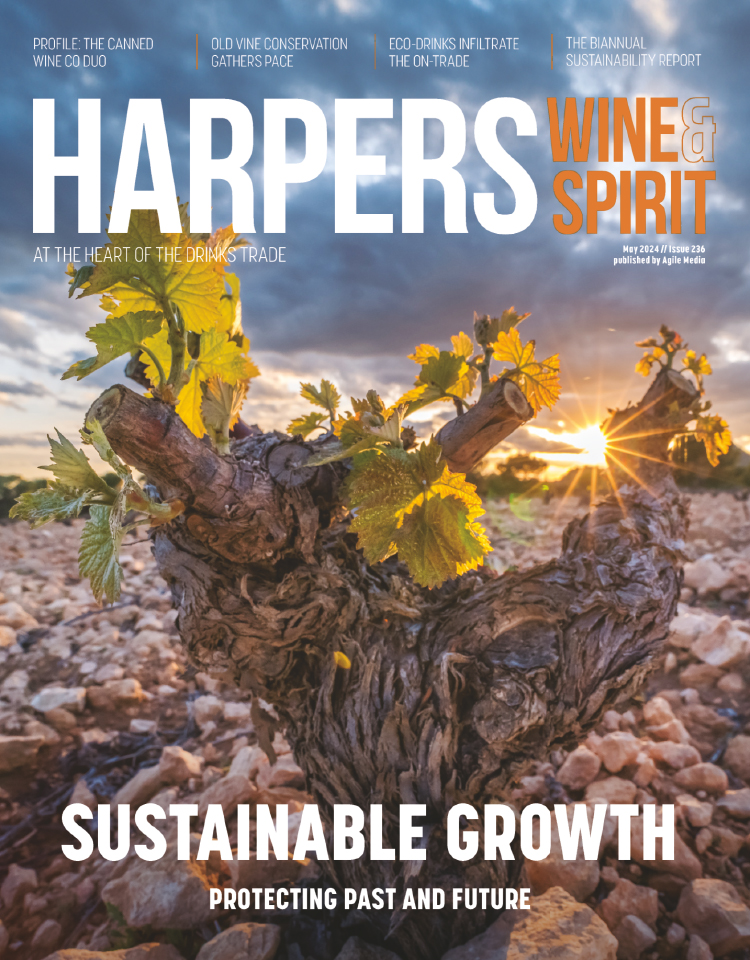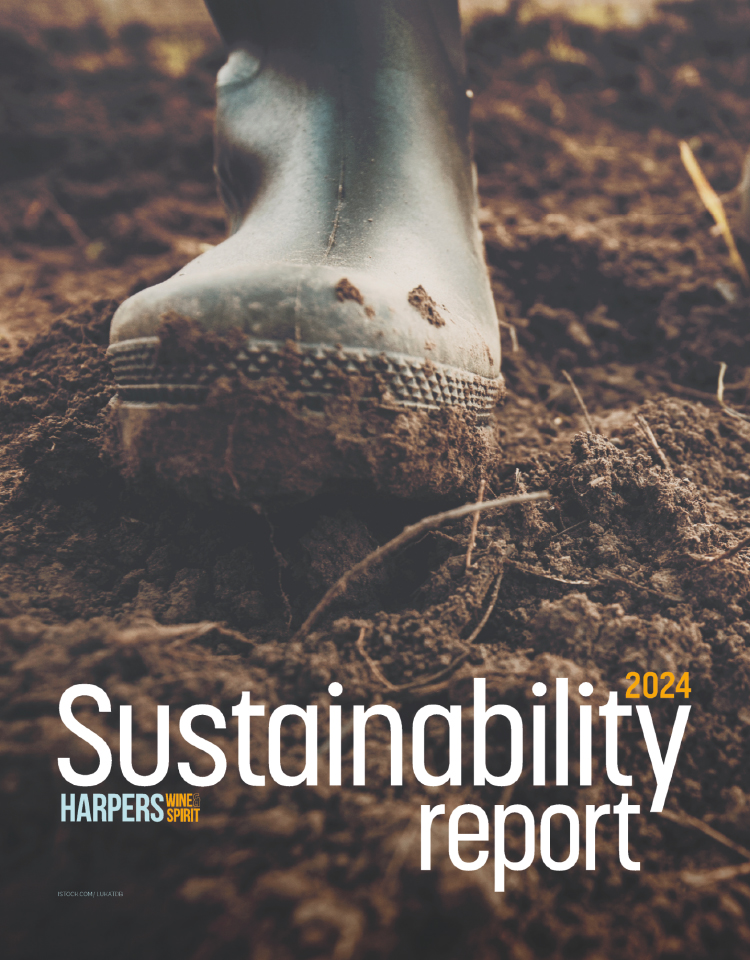
Buyer’s Spotlight with Jason Millar: Campania
Jason Millar makes the case for an under-represented Italian region, the wines of which he says rival those of Sicily.
Towards the end of last year, I was able to attend the Anteprima Vitigno Italia in Naples. It was a great opportunity to taste widely and form a view of what was happening on the ground, and I made a point of focusing on Campanian producers.
Aside from a few well-established names – Mastroberardino, Feudi di San Gregorio – and some of the larger cooperatives, Campania is under-represented in the UK. It produces equally good white and red wines, both of which have the capacity to age and develop in bottle, some of them world-class quality.
By contrast, Sicily, a relative newcomer for top-quality wine, has gazumped Campania. It is rare indeed now to find a serious wine list that doesn’t boast a house Nero d’Avola or a smart Etna Rosso, even though 10 years ago it would have been almost impossible to find the latter, and the former was still the preserve of reliable pizzerias, not the wider retail and restaurant scene.
- Read more: Italy’s hot topics
Yet Campania is catching up, and I was surprised particularly by the quality of the Falanghina that I tasted. This variety is not highly regarded, thanks to a history of cynical farming and lacklustre winemaking, but all signs suggest that it is rapidly improving.
In Sannio, where the local consorzio does an active job of promoting it, results remain mixed, but the better wines, such as Senete from La Guardiense (where Riccardo Cotarella consults), are very good indeed. Producers understand they cannot charge as much for this as Fiano and Greco, so the quality-to-price ratio is currently attractive for buyers.
Controversial though it might be to say it, I think Campania has focused too much on Greco di Tufo and Fiano di Avellino and not enough on the real jewel in the crown, Taurasi. Here we have a red wine that has the same grandeur, complexity and intensity as Brunello di Montalcino or Barolo, but which remains comparatively unknown.
These wines are made entirely from Aglianico and lavished with similarly long ageing in bottle and cask to their more northerly cousins. Taurasi is where Barolo was 20 years ago, but it has every bit as much potential to be a world-class Italian wine.
And, for the vinous obscurantists out there, there’s plenty of brisk Coda di Volpe and salty Piedirosso just waiting to make it on to a niche retailer’s shelf or an adventurous sommelier’s wine list.








